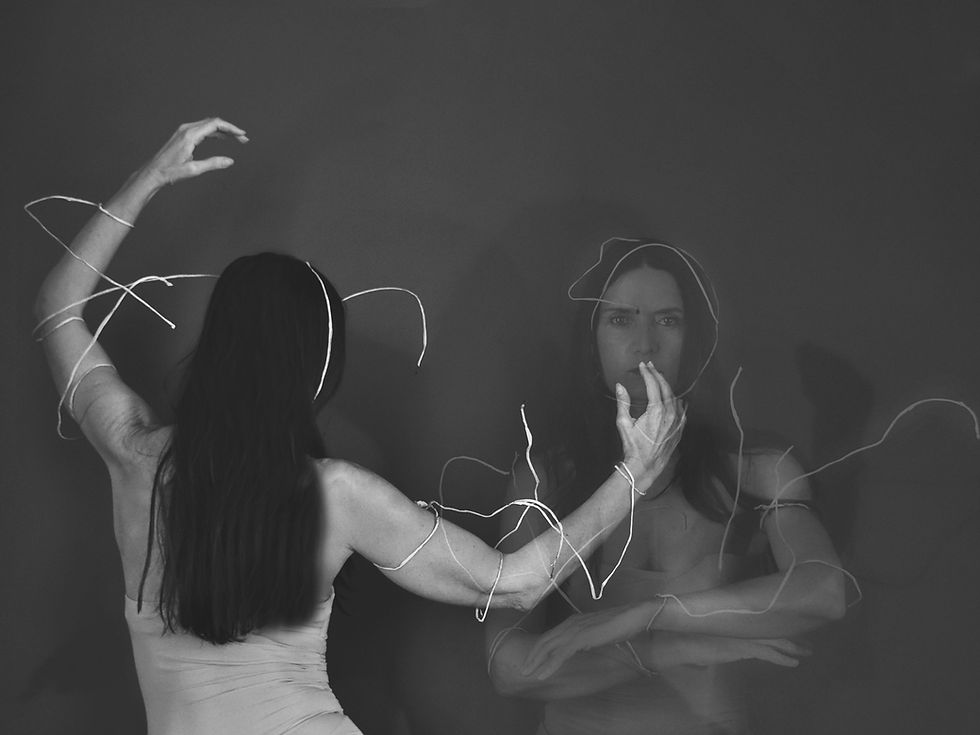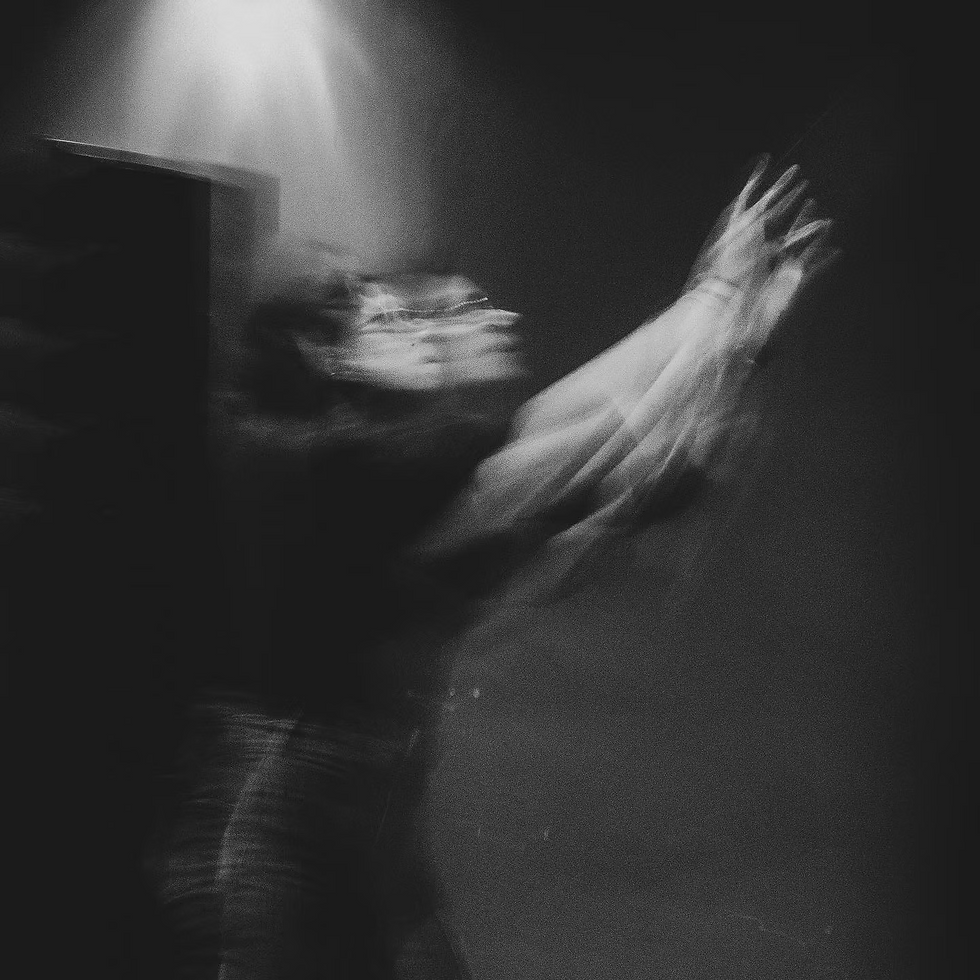The Flicker of the Flaw: Where the Algorithm Loses Its Way
- Angela Rosana

- Jul 21
- 4 min read
Updated: Sep 29
If there is a horror in the very meaning of being, it does not lie in our condition as subjects, but in the erasure of what sustains being within us. This agony of the real may go beyond the excess of reality itself; it may reside in what had to be buried for reality to appear whole. It is in the silencing of doubt, the suffocation of error, the extinction of deviation that the true catastrophe unfolds. It is not the human that flaws — it is the world that refuses to listen to its hesitation. Acceleration does not sweep us away because we are slow, but because we have broken rhythm with time. We have traded creation for efficiency, wonder for performance.
The South Korean philosopher Byung-Chul Han, in one of his most incisive diagnoses, wrote that we have anesthetized the essential negativity of experience in the name of an operative, productive, tireless positivity. And so, what should have been language became code. What once was image became data. What once was art turned into white noise — an anesthesia of potency. Movement, failure, oscillation: everything that made existence more than mere calculation has been erased. And what remains is not potency, but performance. The dread, if there is any, lies in what we are no longer allowed to be.
There is no machine more efficient than the one that learns to simulate affection. When subjectivity is encoded into an algorithm, singularity ceases to be an event and becomes a variable of prediction. Everything in us that was blur, trace, interval — all of it must now be smoothed out, adapted, made optimizable. No longer the question, but the answer; no longer the silence, but the clean sound of what already comes pre-shaped for listening. Language, once a space of drift, becomes directive. The gaze, which once wandered, now targets with laser precision. Time? Merely a delay between data input and output. In such a scenario, error can only be seen as noise to be corrected — never as a crack through which creation escapes. And that’s how a miracle is killed: by turning it into mere statistics.
When everything has already been coded, predicted, accelerated, what remains truly human may be only that which escapes—not by mistake, but by decision. To persist in failure, when everything demands precision, may be our last breath of insubordination. Not as inadequacy, but as refusal: of transparency, of utility, of the logic that transforms all language into answer. In this scenario, failure is not the absence of potency, but its deliberate distortion. It is the body slowing down while everything rushes forward. The gaze that gets lost where everything is expected to focus. That which hesitates, that still takes its time. Falling out of line, where only what fits is tolerated, might be the only way to preserve what resists all form.
If there is something that still resists the logic of acceleration, it is creation—not because it opposes it, but because it operates under a different regime. It is not about returning to a slower time, but about sustaining its own rhythm, in dissonance with what is expected. Art, when it refuses to become function, is neither decorative nor illustrative: it is interruption. Its strength lies in disrupting the regular flow of comprehension and creating zones where predictability fails, where language folds in on itself, and the image resists being translated into data.
What matters in art is not its content, but its ability to suspend the automatism of perception, to defy the constant flow of production and consumption of meaning. The image that resists immediate decoding, the poem that refuses resolution, the silence between two notes—these are all forms of friction against a construct of performance. In that friction, something can still burn as another way of being in the world, not merely as spectacle. For art is the moment when something ceases to obey, and this rupture may allow what has not yet taken form to become possible.
That is why insisting on subjectivity is not a nostalgic whim, but a form of radical insubordination. Because there is something in the human that cannot be mapped, predicted, or translated. And that is precisely what makes it unbearable to systems that seek to model everything. What escapes here is not a mistake: it is the indomitable residue of creation. And it is in that residue that art anchors its strength, not as comfort, but as disturbance.
Where everything must function, a "fiction of the subjective" falls out of sync. It reminds the world that there is still a world left to be spoken. And amid data and algorithms, a spark pulses—impossible to extinguish: fragile, improper, unclassifiable, yet stubbornly alive, refusing to let us become code.
Written By Angela Rosana
Learn more about me here
Discover my authorial work here
This project exists thanks to the images generously shared by artists who join my words to create new meanings.
Viva o Clique is always open to new contributions . You can submit your artwork here
Photographer credits are included on the images, with links to their respective Instagram profiles. Get to know more of their work!
If you enjoyed this article, leave your feedback at the end of the page!
Read more articles here
Visit Instagram
Photos will be published on Instagram starting in July 2025.















Comments